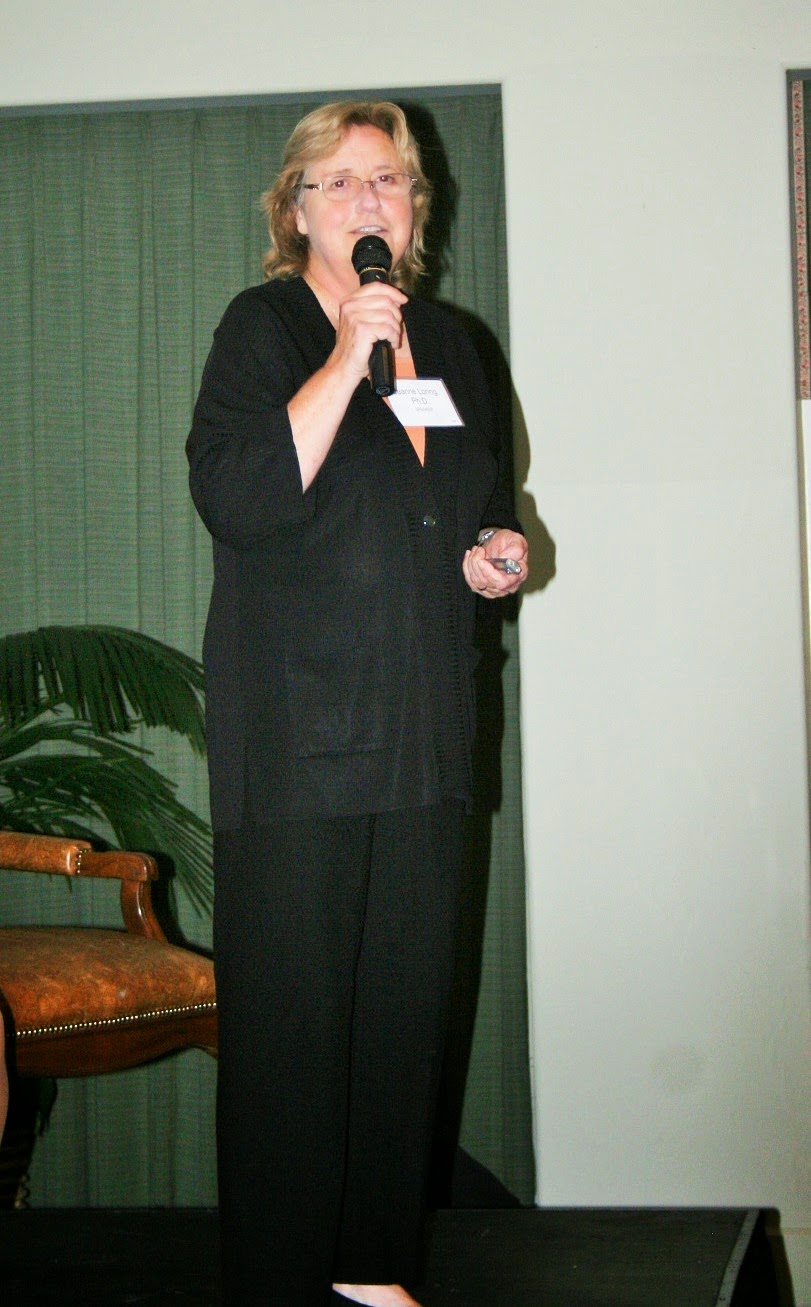Going beyond a glass of milk and some sunshine: Top 8 facts of osteoporosis and what experts recommend for healthy bones.
Osteoporosis will happen as we age, and the more information we have to make a healthy decision, the better!
Often referred to as an asymptomatic, silent illness, people with osteoporosis either lose too much bone mass, make too little new bone tissue, or both, according to the National Osteoporosis Foundation (NOF).
There are many factors that cause Osteoporosis: being female following menopause, a poor diet, lack of exercise, smoking, alcohol use, being over the age of 50, and not getting enough vitamin D and Calcium are just some of the causes.
Ongoing research shows that vitamin K12 is as important as vitamin D when discussing bone health!
The severity of the body's bone loss is measured by 'T scores', one of the metrics utilized to determine the condition. A score of -1 and above indicates that your bones are healthy. A score of between -1 and -2.5 indicates that you have osteopenia. If your score is below -2.5, you have osteoporosis.
Think you are too young? Think again. Just as there are 'T' scores, 'Z' scores are used to diagnose osteoporosis in individuals under 50. Furthermore, what used to be an experimental test in defining bone density, the Trabecular Bone Score (TBS) is now being utilized to diagnose osteoporosis.
It is generally recommended that women get tested for osteoporosis at 65, and men at 70; unless there is a history of a fracture –especially after 50 -- or if a menopausal women shows additional risk factors of osteoporosis such as low body weight or a history of medications that with a propensity of promoting osteoporosis.
With osteoporosis, because of the low density of your bones, a simple cough can cause a fracture. Often referred to as 'fragility' fractures, the pain and dangers associated with the occurrence is anything but...
Osteoporosis affects more women more men. It is estimated that 1 out of 2 women will suffer from a fracture due to osteoporosis in their life time, compared to 1 in 4 men. This is because of to two main causes: 1. women tend to be smaller than men, having smaller bone structures; and 2. estrogen production decreases in women as they go through menopause.
Estrogen is considered to be one of the most important bone-protectors in a women. As a matter of fact, it is estimated that women will lose 20% of their bone mass 5 to 7 years after going through menopause. Having said that, and according to Dr. Stephen Honing, once men do develop osteoporosis, the risk of having a fracture is more likely than in women.
Not only does gender play a role in the disease... Turns out genetics can help determine your risk of osteoporosis as well. Caucasian and Asian women have the highest risk of developing the illness because of differences in bone mass and bone structure compared with other ethnic groups.
Medications are known to exacerbate osteoporosis: synthetic glucocorticoids, breast and prostate cancer drugs, heartburn medications, contraceptive medication such as Depo-Provera, anti-seizure and blood pressure medications just to name a few. Always talk to your physician about the medications you are taking.
Osteoporosis is serious; yet simple and healthy habits can change our risks for this silent illness. Take preventive measures to minimize its effects! Eat a healthy diet, get lots of weight-bearing exercise and have your vitamin D levels tested. And, especially, have a bone density study done if you over the age of 65 (women) or 70 (men).
###
About the Doris A. Howell Foundation:
For the past 23 years, The Doris A. Howell Foundation for Women’s Health Research has been dedicated to keeping to women we love healthy by making a long-term, positive impact on women’s health. To date, it is the premier organization advancing women’s health.
The organization does so by funding scholarships to students researching issues affecting women’s health; providing a forum for medical experts, scientists, doctors, and researchers to convey timely information on topics relevant to women’s health, and by funding research initiatives that improve the health of under-served women and increase awareness and advocacy in the community; bringing women's health research to a full cycle.
###
Summary & Design prepared by Carolyn Northrup and revised by Carole Banka, PHD with information from the following sources:
- http://nof.org/articles/235
- http://www.aaos.org/about/papers/position/1113.asp
- http://www.webmd.com/osteoporosis/features/build-stronger-bones
- http://www.webmd.com/osteoporosis/living-with-osteoporosis-7/diet-dangers
- https://osteoporosis.ca/about-the-disease/what-is-osteoporosis/secondary-osteoporosis/medications-that-can-cause-bone-loss-falls-andor-fractures/




Comments
Post a Comment